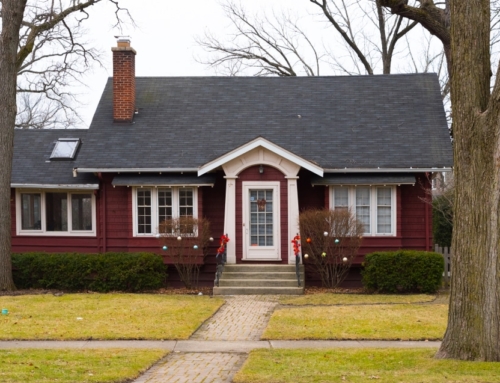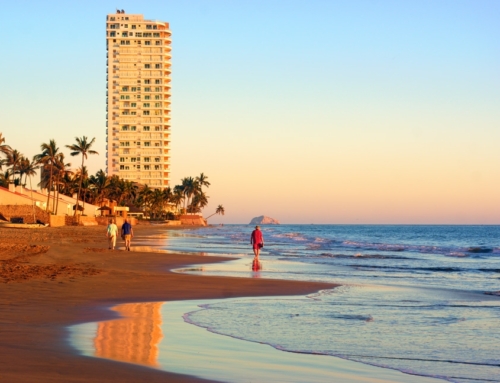Have you ever reached that point in a diet when you’re eating all the right things and getting regular exercise, but your weight loss plateaus anyway? Changing up the way you think about your eating habits and trying something new can jumpstart your weight loss.
As we’ve talked about before, dieting techniques can be applied to money management. Like a short-term juice fast, where you lose a lot of weight initially and then follow it up with a longer-term dieting regimen, a month-long spending fast encourages short-term cuts followed by a renewed attention to savings for the future.
With a spending fast, you limit your spending only to necessities. That means no eating out. No going to the movies. It’s time to use up food in the pantry and spend gift cards that are gathering dust. At the end of the month, you’ll end up saving money, paying down debt, and truly understanding your needs versus your wants.
Some individuals have successfully embarked on a spending fast for an entire year or more, finding that frugality quickly becomes a money management habit. When you stop buying things you don’t need, the savings can become addictive, and a more limited lifestyle can become a reality.
A look at a successful spending fast: Anna Newell Jones
In 2010, Anna Newell Jones went on a spending fast for a year, spending money only on necessities in order to pay down her debt. When her spending fast started, she had $23,605 in debt. After strict money management with one year on a spending fast, she reduced her debt to $5,694, and in 15 months, by April 1, 2011, she reduced her debt to $0.
“I acquired my debt in my early 20s, like lots of others,” Newell Jones says on her blog, andthenshesaved.com. “I liked shopping and I liked thinking I could afford things I couldn’t. I was in complete denial and was overspending every month by at least $200 to $300. I was seduced by the thought of keeping things looking nice and perfect and looking like I succeeded even though I wasn’t there. I wanted to look like I had my life put together so others thought so too.”
We are used to a cycle of buying, not savings, says Newell Jones.
“Paying off my debt started to become fun,” Newell Jones says on her blog. “I started to get competitive with myself and I wanted to top the previous month’s numbers. I wanted to see how much more I could cut back, how much more money I could make, how much more I could send to the creditors.”
In an interview, Newell Jones elaborates on the hard parts and the successes of her spending fast.
“Common pitfalls that I experienced were wanting to go back to my old ways of buying what I wanted to buy, when I wanted to buy it. Being a spender is where my comfort zone is,” Newell Jones says. But after disciplining herself, she was able to enact change.
“I started to develop a habit of saying ‘no’ to myself. By doing this for an extended period of time I created a new history for myself,” she says.
Newell Jones’ spending fast was so successful that she has continued with it, going on a “spending diet” for 2011 and 2012. The diet is similar to a spending fast, but she allows herself $100 a month in discretionary spending.
To get started on your own spending fast, keep track of your spending, and your savings, using a spreadsheet, money management program, or free paper check registry that comes with a box of checks, as Newell Jones did. At the end of the month, take the money that is left over from spending only on your needs and apply it directly toward your debt.
Spending fast rules
- Specify a start and end date for the spending fast. Set a goal for your savings.
- Make list of needs, such as phone, food, utilities, mortgage/rent, and medical costs.
- Eat from your pantry. Eat food from your cupboards, refrigerator, and freezer as much as possible, buying only the minimum fresh food to get by. Make every meal at home, including bag lunches for work.
- Drive as little as possible, get better gas mileage, and walk or take public transportation when you can.
- Be wise about utilities. Use as little water as possible. In the winter, set the thermostat to 68 degrees during the day and 65 degrees at night. Turn off lights and unplug unused appliances.
- Use cash; banish your credit cards for a month.
- Each day, write down any money spent and post a tracking sheet where you can see it.
- Reuse and repurpose existing items. Also, barter, trade, and borrow new items.
What to eliminate during a spending fast
- Coffee from coffee shops.
- Movies.
- New clothes and shoes. Instead, mend old ones.
- New books and music.
- Restaurant meals.
- Home accessories.
- Gifts. Try to give homemade crafts or sweets instead.
“Doing a spending fast/spending diet is hard and there are sacrifices that have to happen. Dynamics of some relationships might change,” Newell Jones says on her blog. “You also might have to not do some things in your getting-out-of-debt process. But just know that despite the occasional awkwardness, the hard times really do pay off in the long run.”
A Chicago-based writer and editor, Eve Becker writes about personal finance, health, and other topics. She is a former managing editor of Tribune Media Services.





